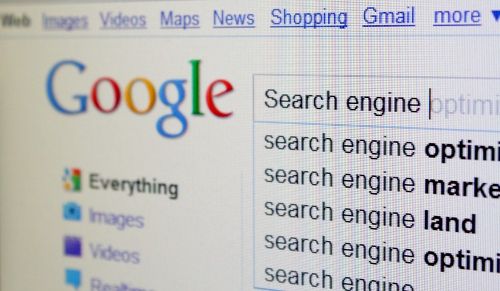A Detailed Insight into Google’s Algorithms Update History in Recent Years
Google is synonymous for Internet search. The search engine giant has always focused on improving the experience of the users through regular algorithm updates. These updates are also meant to thwart misuse of the algorithm to gain undue advantage in the organic rankings. For any Search Engine Optimizer it is important to keep up latest algorithm updates to gain an upper hand in the Search Engine Ranking Pages. Though the algorithm is tuned hundreds of times in a year, most of these changes are minor and go unnoticed. Every few months Google rolls out major updates that affect search rankings. Below we take a look at the some of the major algorithmic updates in Google’s history. Since most of these updates have undergone refinements we shall describe the core objectives of these updates.
Google Quality Update (May 2015)
While some dubbed it as the Phantom update, Google hasn’t assigned any nomenclature to this new update in its algorithm and now this is being called as the Quality Update. This is basically a change in the way the search engine would process the quality signals from the site which would drastically improve the experience for the users.
Google Mobilegeddon Update (April 2015)
Dubbed as the Mobile-Friendly update with this change Google changed the way the results ranked on the mobile devices. This was due to overwhelming popularity of mobile device in browsing. Sites which were mobile-friendly were promoted up in the rankings while those that weren’t mobile friendly or responsive went to the bottom of the charts.
Pigeon Update (July 2014)
With millions of websites users often found it difficult to search for relevant and accurate content at a local level. The Pigeon update was aimed at refining the user experience and offering them more relevant content and local search results that matches not only their query but also the location from where they are making the search. Google stated that this new algorithm improves their distance and location ranking parameters.
Hummingbird Update (August 2013)
This is a major move from its previous line of algorithm. Here the search engine starting paying more attention to every word in the search query instead of focusing on a few particular words in the query. The goal of this update was to offer better results to the users taking into account the meaning of the query rather than treating them as a combination of words. Results became more refined and pages matching the meaning rather than the words started ranking at the top.
Payday Update (June 2013)
This update derived its name from payday loans and other spammy content that it was targeted at clearing from the search engine results. The payday update also delivered death blow to sites with pornographic content that made their way into the search engine results.
EMD Update (September 2012)
For years spammers exploited the Exact Match Domain and these sold for mindboggling prices as these were a sure ticket to high rankings on the search engines. But with this update Google has prevented poor quality websites from earning high rankings on the results pages purely riding on their domain name.
Pirate Update (August 2012)
In a bid to prevent sites with a history of copyright infringement from ranking high on its platform, Google came out with this update. The periodically updated filter checks the quality score of the website from the point of view of copyright infringement and also allows sites that have made amendments to regain their lost grounds.
Penguin (April 2012)
This is one considered to be a landmark update that has undergone several refinements over the years. This helped in ridding the search results of spammy content. Sites that had engaged in buying links and obtaining them through link networks became an immediate victim of this update. It has also penalized sites that had engaged in keyword stuffing to alter their rankings. The subsequent updates of Panda have allowed sites that have removed the bad links to regain their rankings.
Panda (February 2011)
The first Panda update affected more than 12% of the sites when it first came though and has been considered as Google’s action against websites that have thin or poor quality content. This is one of the first major steps taken by Google to improve user-experience. Search Engine Optimizers were often crossing the ethical line in trying to boost the rankings of the site. This also affected sites that had high ad-to content ratio and other quality issues that stood in the way of good user-experience.
Google’s search engine is undergoing constant changes that are aimed at offering better rankings to sites that have quality content and meet the needs and expectations of the users.
About the Author:
Sophia Smith is a consultant, working as a part of Organic Ranking, a SEO, Web Development company in Melbourne. She is highly experienced, with around 10 to 12 years of experience in digital marketing. She earned good number of success in her career by offering online marketing solutions to her clients.






![Finding the Right Size TV [Infographic]](https://technofaq.org/wp-content/uploads/2017/03/find-the-right-size-tv-150x150.jpg)








